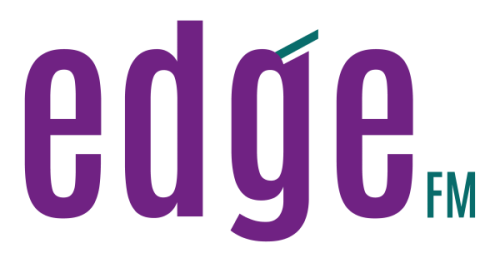In today’s fast-paced and economically challenging world, there is increasing pressure to maintain efficient operations while managing costs. Technology has emerged as a crucial tool to achieve equipment reliability and cost savings in facility management. By leveraging innovative solutions, Edge facility managers can optimize maintenance practices, streamline operations, and improve energy efficiency. In this article, we will explore the role of technology in facility management and how it can navigate economic challenges to maximize equipment reliability and savings.
1. Predictive Maintenance: Minimizing Downtime and Repair Costs
Traditional maintenance practices, such as reactive and preventive maintenance, often lead to unplanned downtime and excessive repair costs. However, technology, particularly the Internet of Things (IoT), has transformed the way facilities approach maintenance. By deploying sensors on critical equipment, facility managers can gather real-time data, enabling predictive maintenance.
Predictive maintenance uses advanced analytics and machine learning algorithms to predict potential failures before they occur. This data-driven approach allows facility managers to schedule maintenance tasks proactively, reducing downtime, and optimizing equipment life cycles. Consequently, unplanned breakdowns decrease, and maintenance costs become more predictable, leading to substantial cost savings.
2. Building Automation Systems: Streamlining Operations and Energy Efficiency
In the quest for cost savings, energy management remains a top priority for facility managers. Building automation systems (BAS) have emerged as a game-changer in optimizing energy consumption. BAS integrates various technologies to control and monitor critical building systems, including HVAC, lighting, and security.
By centralizing control and automating processes, BAS enables facility managers to optimize energy usage based on real-time data and user patterns. For instance, occupancy sensors can adjust lighting and HVAC settings in response to occupancy levels, leading to significant energy savings. Furthermore, remote access and monitoring capabilities provided by BAS allow facility managers to fine-tune settings and identify areas for further energy optimization.
3. Data Analytics: Informed Decision Making
The abundance of data generated by facility equipment and systems can be overwhelming without the right tools to analyze it. Data analytics plays a pivotal role in turning raw data into actionable insights. By harnessing analytics platforms, facility managers can identify patterns, trends, and inefficiencies, aiding in better decision-making.
Data analytics also facilitates performance benchmarking, enabling facility managers to compare the energy efficiency and maintenance costs of different facilities. Armed with this knowledge, they can implement best practices across multiple sites, further optimizing costs and energy consumption.
4. Cloud-Based Facility Management Software: Enhancing Efficiency and Collaboration
Cloud-based facility management software has revolutionized the way managers oversee operations and maintenance. This technology enables centralized data storage, seamless communication, and remote access to critical information.
With cloud-based solutions, our facility managers can monitor equipment performance, track maintenance tasks, and manage work orders efficiently. This streamlined approach leads to improved collaboration among maintenance teams and stakeholders, reducing response times and ensuring faster issue resolution.
5. Digital Twin Technology: Simulating and Optimizing Facilities
Digital twin technology creates virtual replicas of physical assets, such as buildings and equipment, using real-time data. This powerful tool allows facility managers to simulate various scenarios and evaluate the impact of potential changes without disrupting actual operations.
By employing digital twin technology, Edge facility managers can identify inefficiencies and test optimization strategies before implementation. This reduces the risk of costly mistakes and ensures that any changes are based on accurate insights, maximizing equipment reliability and cost-effectiveness.
Conclusion
As the global economy faces ongoing challenges, it is best to seek innovative solutions to achieve equipment reliability and cost savings. Embracing technology in facility management provides an array of benefits, from predictive maintenance to building automation systems and data analytics. By leveraging these technologies at Edge FM, our facility managers can minimize equipment downtime, optimize operations, and enhance energy efficiency, leading to substantial cost savings and improved overall performance. In an ever-evolving landscape, technology remains a crucial ally in the pursuit of efficient and resilient facilities.


